How Solar Fans Work in the Summer
Attics have been known to reach up to 160 ℉ during the summer months. Solar attic vents draw out the hot air and create a balance between the outside ambient temperature and that of the attic. This is done by pulling in the air from outside via static and soffit vents. While doing so, the attic fan also extracts the hot moist air through the source, maintaining a constant air exchange. This effectively reduces the workload of the air conditioning.
How Solar Fans Work in the Winter
The building materials of your attic can soak up nearly 28 gallons of moisture during the winter. This results in a buildup of mold and mildew. The moisture normally makes its way to the attic from carrying out household activities such as showering, cooking, and operating the dishwasher. Also, the warm attic air combined with the cold roofing results in condensation which then drips onto the insulation, significantly reducing its effectiveness. An attic that’s warm in the winter can result in ice dams. This happens due to an accumulation of water brought on by snow melting on the roof and refreezing on the eaves. Solar fans prevent condensation by allowing the air in the attic to circulate, creating a cooler and drier space.
Benefits of Solar Power Attic Fans
Solar-powered roof fans are greatly advantageous in many regards. Not only do these products benefit your living spaces, but they also help in reducing utility costs and the carbon footprint of your household.
Cooling the Attic During Summer
Your attic’s temperature should never exceed 50 to 75° above that of the outside air during summer. Excess heat that’s trapped in the attic can radiate to the rooms below, putting pressure on your HVAC. It can also wreak havoc on the roof, insulation, as well as your home’s structural integrity. Solar attic fans solve this issue by controlling the temperature in your attic.
Preventing a Buildup of Mold
Damp environments are known to be a breeding ground for mold and mildew. A poorly ventilated attic is a prime example of this, especially during the summer when it's especially hot and humid. Excess humidity can also cause a good deal of structural damage. With a solar roof fan installed, you won’t have to worry about these issues.
Eco-Friendly
Solar attic vents harness the sun’s power via rooftop solar panels, eliminating the need for electricity. This, in addition to taking pressure off the HVAC, makes them an eco-friendly option. As a source of renewable energy, solar fans will allow you to limit your carbon footprint.
Energy-Efficient
The photovoltaic power that a solar roof fan uses is essentially free and can allow you to save up on utility costs by expelling warm air from your attic. These products are also low-maintenance and easy to install.
Operating an attic fan would normally be unnecessary on cloudy days. And in the case of solar fans, the energy is only accessible when you need it the most: on the hot and sunny days of summer, and at no additional cost.
Return on Investment
If you live in regions where sunny days are abundant, a solar ventilation fan for your attic can be an ideal investment. Having one installed on your roof boosts the comfort levels of your home while lowering the energy expenses. The sleek profile of solar attic vents also provides an aesthetic appeal that alludes to a low-energy, environmentally friendly lifestyle. This added value can come to a great advantage should you be looking to sell your house in the future.
Downsides of Solar Power Attic Fans
As great as they are, solar-powered attic vents do have a few setbacks to keep in mind. These include the upfront costs as well as a couple of other factors to account for during installation.
Solar Fans Can Be Costly
Solar attic fans are usually more expensive upfront compared to the traditional varieties. This initial cost, however, is compensated by the amount of energy you’ll be saving down the line.
It Takes Two to Tango
Most homes may require two solar attic fans in order to circulate the air more effectively. The additional unit also helps in boosting the energy savings of the household.
They Require Direct Sunlight
Since their source of energy is the sun, solar roof vents need access to direct sunlight in order to work. Anything from overhanging trees to dust on your house’s roof can hinder the functionality of the fan. This means keeping your unit clean and away from any sources of shade.
Frequently Asked Questions About Solar Attic Fans
There are several questions that homeowners might have in mind regarding solar attic fans. Getting to know more about these products can let you know what to expect when investing in one of them.
How Much Attic Space Do You Need for a Solar Fan?
Most solar ventilation kits will require at least 12.5 inches between ceiling joists and a vertical clearance of at least 12 inches above the ceiling. Bear in mind that these measurements may differ across brands.
How Does a Solar Fan Differ from a Standard Fan?
Regular bathroom fans usually move air at 50 cubic feet a minute on average. Solar attic fans, on the other hand, are known to clear up to 110 cubic feet of air per minute. This makes the solar fan more than twice as effective at circulating air as the standard variety.
Are Solar Fans Loud?
Solar exhaust fans may usually feature an in-line motor assembly that you can remotely mount in your attic instead of the ceiling of the room you plan on venting. This considerably minimizes the level of noise in the living spaces below. In any case, however, solar roof fans are generally more silent than standard in-room varieties.
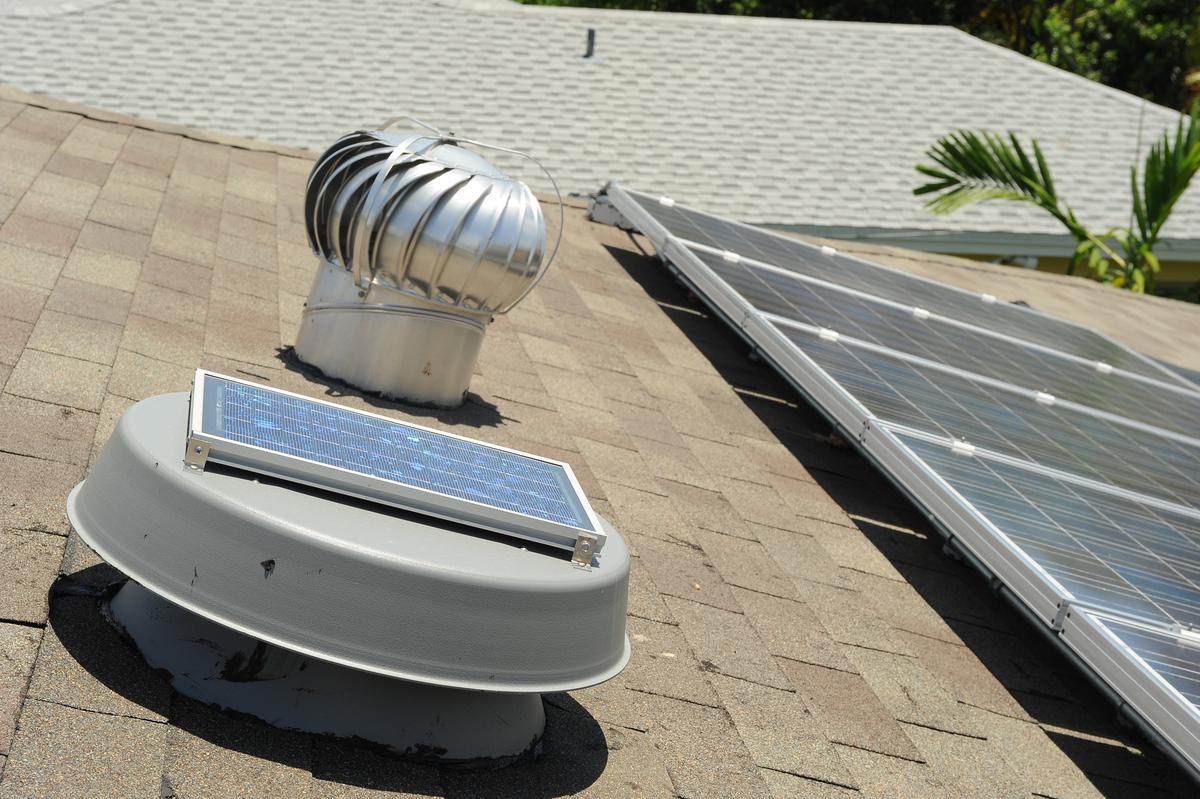
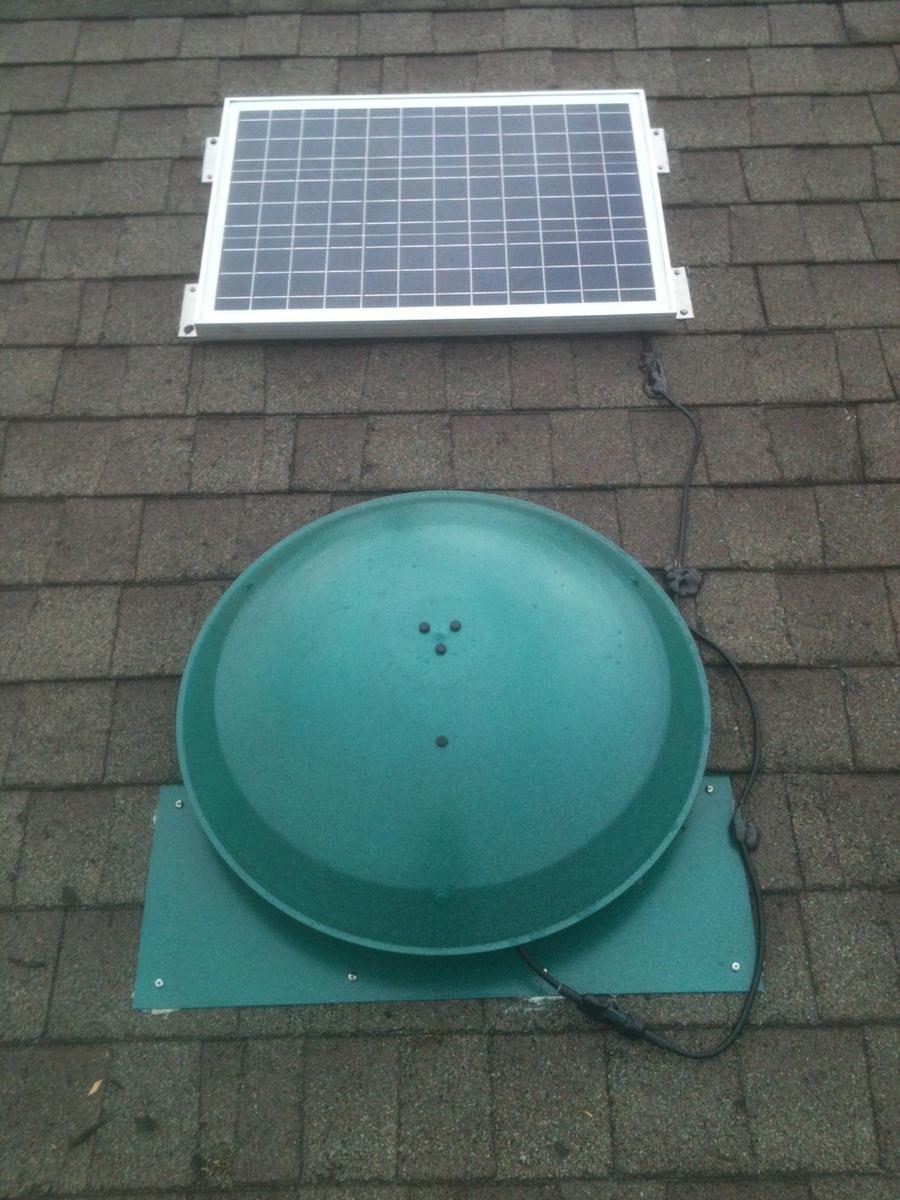
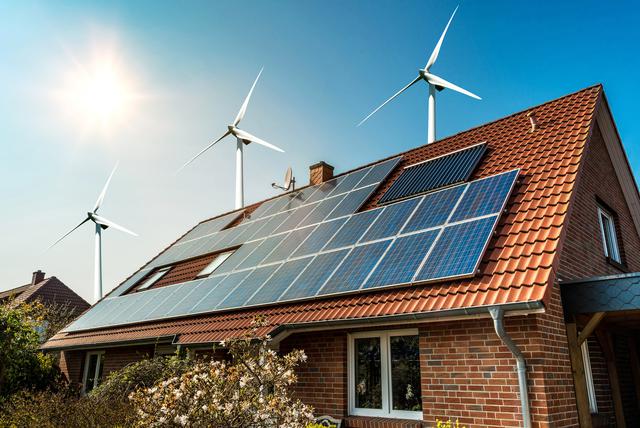
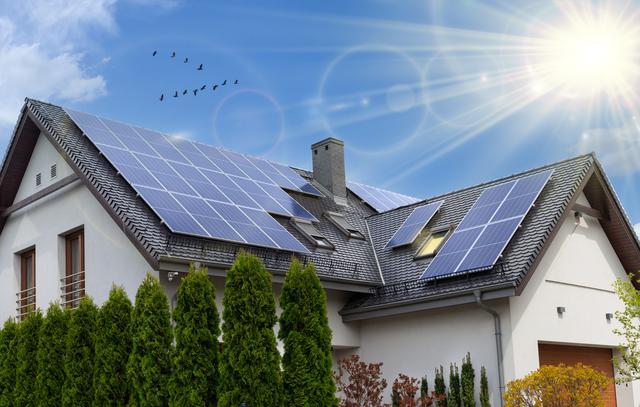
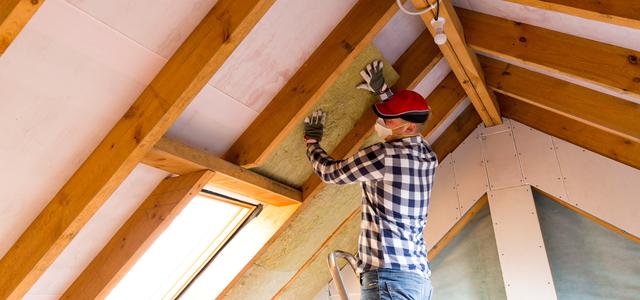
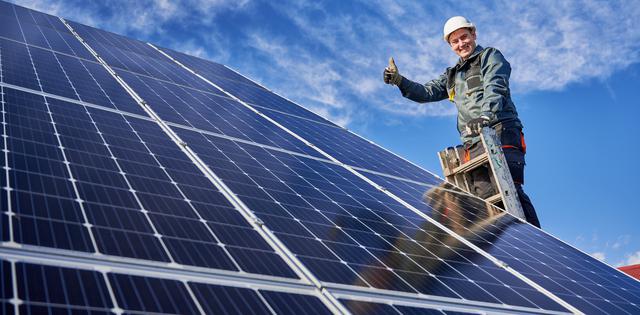
comments